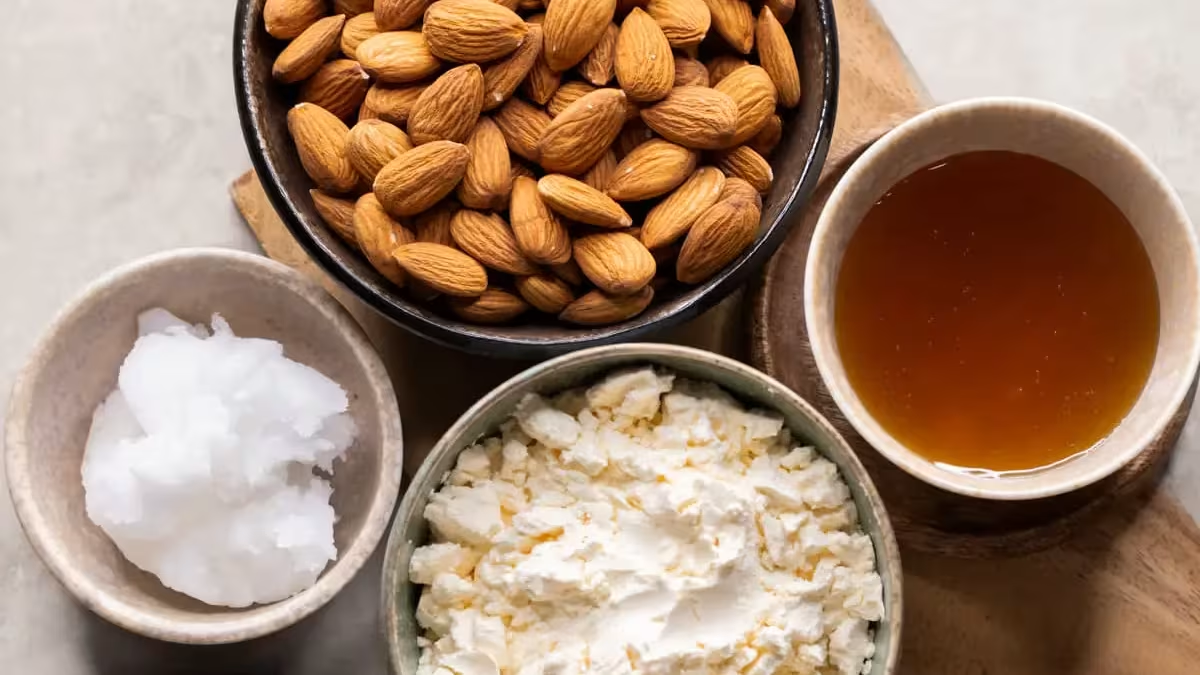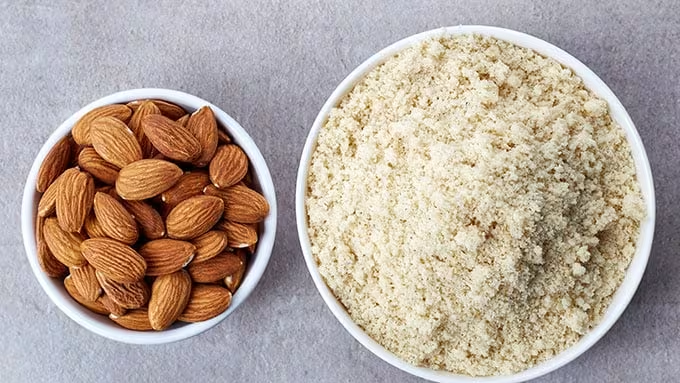
Can I Substitute Protein Powder for Almond Flour? Discover This Delicious Protein-Packed Pancake Recipe!
Written by Jessica Lopez
Published at 24-06-2022
Edited on 03/12/2025 | 01:25 PM
Gluten-Free RecipesCourse: Snack
Cuisine: American
Difficulty: Easy
Servings
2-4 servings
Prep Time
10 minutes
Cooking Time
20 minutes
Total Time
30 minutes
Fat
2g
Protein
20g
Carbs
10g
Calories
150 kcal
Have you ever found yourself in the middle of a recipe, only to realize you’re out of almond flour? Almond flour is a popular gluten-free alternative, but what if you could swap it for something even more nutritious? Enter protein powder! It’s not just for smoothies anymore. Many home cooks wonder, "Can I substitute protein powder for almond flour in recipes?" The answer is yes, but with a few considerations. While almond flour adds a nutty flavor and a moist texture, protein powder can lend a delightful boost in protein content.
This makes it a perfect ingredient for those looking to increase their protein intake without sacrificing flavor. However, keep in mind that the texture and taste will differ when you make this substitution. Protein powder can sometimes make your dishes denser or drier, so it's important to adjust the liquid ingredients accordingly.
This is especially crucial when baking. In this blog post, we’ll dive deeper into how to effectively replace almond flour with protein powder in various recipes. Plus, we’ll share a delicious protein-packed pancake recipe that’s perfect for breakfast or a post-workout treat! So, if you’re ready to experiment in the kitchen and elevate your meals, grab your protein powder and let’s get cooking! Whether you’re gluten-free, low-carb, or just looking to add a healthy twist to your dishes, you’ll love the results.
Get ready to enjoy a new favorite recipe that’s both satisfying and nutritious!.


